Wondering how to create an exciting Nature Table for your classroom or home? Read on!
WHAT is a Nature Table?
If you are even remotely inspired by Waldorf education, you’re probably familiar with the term. Although, some feel that it is shrouded in mystery, it is really a very simple concept that is readily adaptable to ANY educational environment.
Also known as a seasonal table, seasonal tableau or Nature corner… it is a place in the home or classroom where you can follow the natural cycles of the year with children.
WHY create a Nature Table?
Children are fascinated by nature. A child will almost always find something special on a walk that they want to bring home. Once there, they really enjoy having a dedicated place to display & keep their outdoor finds.
A Nature Table gives them that but it can be so much more. It can also be a way for them to study nature without getting too technical or disengaged from the wonder of it all.
By leaving space & time for the children to engage with the Nature Table – it provides a place for them to act out stories they’ve heard, work through things that are troubling them & create their own fantasies. Often a young child will talk out loud while adding, subtracting & moving items giving us an insight into their growing intellect, broadening vocabulary, increasing fine motor skills & lengthening attention span.
WHEN do you set up a Nature Table?
A Nature Table is usually created for pre-schoolers & the early years children – although you can always continue to create one no matter what age you’re teaching!
If you are working with only a few children, it is nice if they can help you build the nature table. If you have a class, it may be better to present the basic table completed & allow them to add or move things around.
Some people feel that a Nature Table is something that the children are only supposed to look at – I think it is more valuable & enjoyable if they can interact with it. I do ask, that they NOT remove things from the Nature Table (or I put a basket beside it where they can store extra things until they want to add them back in…).
WHERE should the Nature Table be kept?
I like to put it where the children will see it often during the day – where we have our lessons or where they play. I try not to move it around – it becomes a place that they visit every day.
It’s nice if it is on a ledge, bookshelf, top of a side board or mantle piece – somewhere where they can play without having to either climb too high or lie on their stomachs (although sometimes that’s fun, too!).
If you have little ones who might put things into their mouths you can either create 2 tables (one kept out of their reach) or simply choose to limit yourself to appropriate items until they get older. You could also use a tray (especially if you have little ones), you can simply put it up high when you need to.
Creating a Nature Table – The Basics
You may not have thought about this but one of the most important aspects of a well-crafted Nature Table is that it is inviting & alive so that the children will WANT to come near it & be involved with it.
Guidelines
Here are a few ideas to think about as you work to keep your table aesthetically pleasing & functional at the same time.
- Start very simply & let it grow. It’s nice to leave something for the children to imagine & wonder about. Presenting them with an absolutely complete arrangement seems to diminish the reason for even having a Nature Table.
- You choose whether to make the table simple or elaborate or even somewhere in between. The table should be a reflection of how you & the children FEEL about the season/festival.
- Pick a theme (season or festival) & bring it to life for the children. Tell stories using your Nature Table as a “theatre”. Use seasonal books to find ideas for props & characters.
Things to Include
Natural Treasures – Make a nature walk part of your week – bring a little nature bag or basket for little ones to gather SPECIAL things for the nature table.
Use as many natural objects as you can find – safe non-toxic & relatively clean : pinecones, acorns, pumpkins & gourds, dried grasses, lavender, dried corn, sheaves of oats or wheat, some nuts & hard fruits are all good choices.
Fabric – Use natural fabrics in seasonal colours & textures as a backdrop & for highlighting certain areas. Make tents & caves, drape it, twist it.
Anchor Items – These are large pieces that set the “foundation” for the table – big rocks, small stumps, large veggies (pumpkins, gourds). The children should be instructed to leave these items where you’ve placed them – especially if they are holding the backdrop in place (you wouldn’t want the entire scene to slip off the table !)
Animals & Figures – These can be made of natural materials – pinecones, stones, sticks, carved wood, wax, sewn, felted or a combination of them all. Figures bring a Nature Table to life – they can illustrate a story or just “live” on the Nature Table.
Animals should relate to the season. Some great fall friends are squirrels, foxes, hedgehogs, moles, mice, porcupines, owls & raccoons.
Props – Older children will quite often happily make things to add to the Nature table as well as to the growing “collection” of props to be used for future tables. They won't admit it – but they still like collecting things, too!
Purchased or Manmade Items – It’s nice to balance natural “found” items with made or even purchased ones – remember the idea of keeping things open-ended (a shell full of chestnuts, a pretend wood shed, bits of moss as nests…) to encourage the children's imagination to soar.
Senses – Add in many items to engage the senses – find ways to include different textures, smells, sounds, even food can be OK. Visual images should be used in moderation (although you might want to avoid words) perhaps a small card or simple hand painted background.
What NOT to include on a Nature Table
Are there any restrictions ?
These are mine – NO plastic, NO batteries & NO branded “characters”.
Obviously, if a child desperately loves something & wants to feature it on the Nature Table you may have to bend your “rules”. After all, the whole idea here is exploring the world…
I am also not too crazy about dead things – bugs, caterpillars, butterflies, snail shells – it just seems to defeat the purpose of the Nature Table. If the children wish to collect things of that sort – perhaps they could have a “study” box or area somewhere else.
Maintaining & Evolving the Nature Table
Once you’ve set up your beautiful Nature Table, it’s very important that you maintain it. While doing so your observation will sharpen. You’ll start to notice new “seasonal” things when you’re out & about. That little something that seemed to be missing…
If your table relates to a season or festival, you can add in special scenes at certain times. It should always be changing (subtly) & not become static. This will sharpen the children’s observation skills too (they'll always be watching for the latest addition).
A Small but pretty important NOTE:
Make sure that your Nature Table doesn’t get DUSTY & that nothing is ROTTING (this will happen)! Keep an eye on those gourds & pumpkins!!
Finally :
A simple Nature Table takes only a few minutes to create & yet it can easily bring the beauty & wonder of nature indoors while providing hours of play & learning for everyone.
Why not try one of your own? Your children will be thrilled!
Questions? Email me – I'd be happy to answer.
Happy Making!
***
P.S. Just before I go..
Want a Sneak Peek?
Would you like an Invitation to have a sneak peek at my
NEW digital magazine ?
About
The Alchemy Notes…
A series of digital sourcebooks filled with eclectic ideas & creative inspiration wrapped around traditional handwork techniques & practices.
Delivered 8 times a year, each issue will show you new ways of bringing the fibre arts into your children's lessons & your life, too!
To Receive Your Complimentary Preview Issue of
The Alchemy Notes
Enjoy:
- learning about age-appropriate skills
- exploring centuries-old fibre arts
- experimenting with new & ancient materials
- creating props & puppets for telling fairy tales, seasonal stories & verses,
- making simple toys & dolls from downloadable patterns
- whipping up easy festive decorations from ready-to-use templates
Be one of the first to experience a fresh way to MAKE!
***
(Once you've subscribed to the Sneak Peek Invitation list, you'll receive your FREE Preview Issue of The Alchemy Notes as soon as it is published with NO obligation.)
P.P.S. Once again, I'd like to send a great big thank you to my dear friend Sally for hosting me on her beautiful blog today!

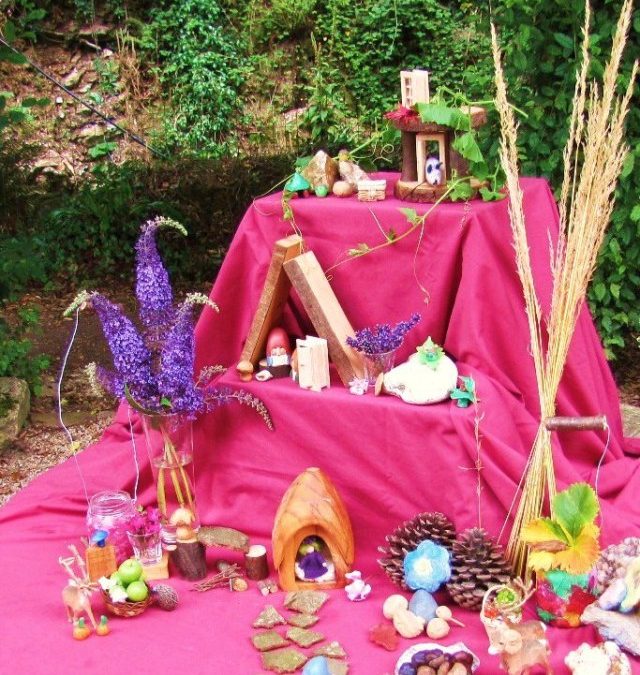
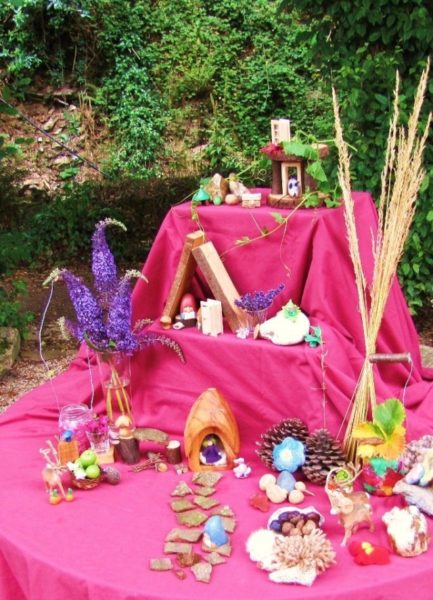
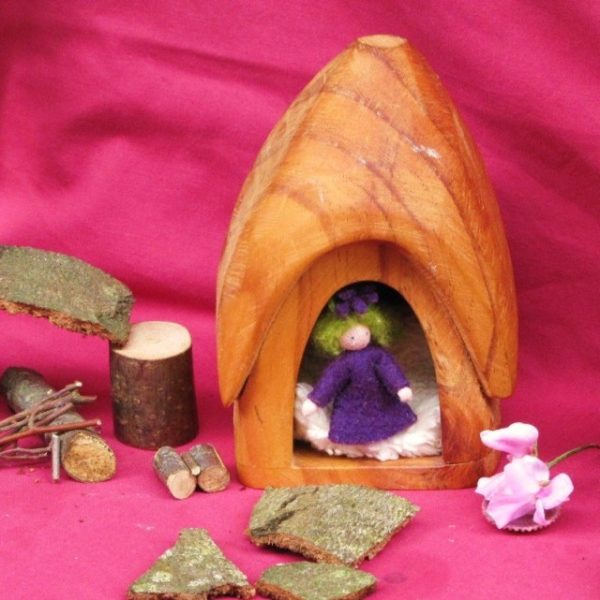
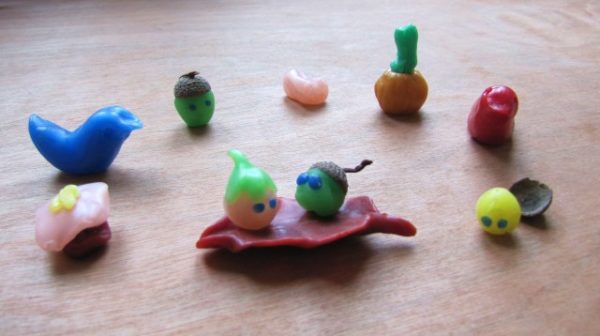
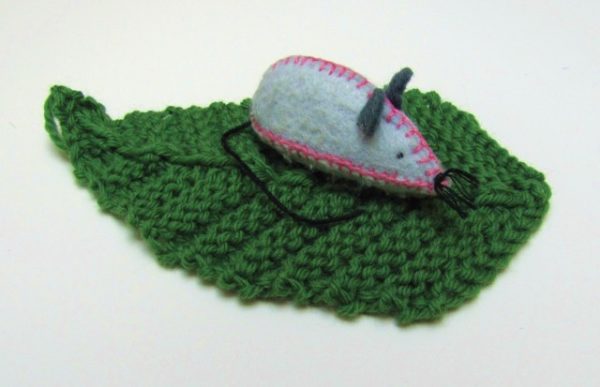
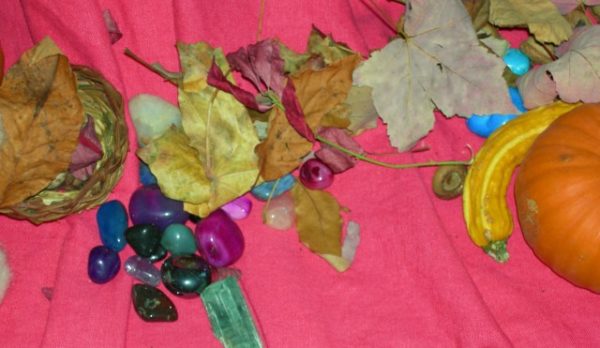
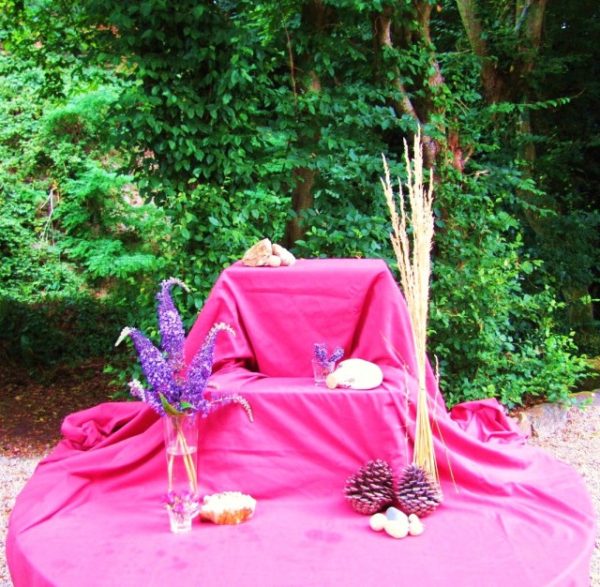
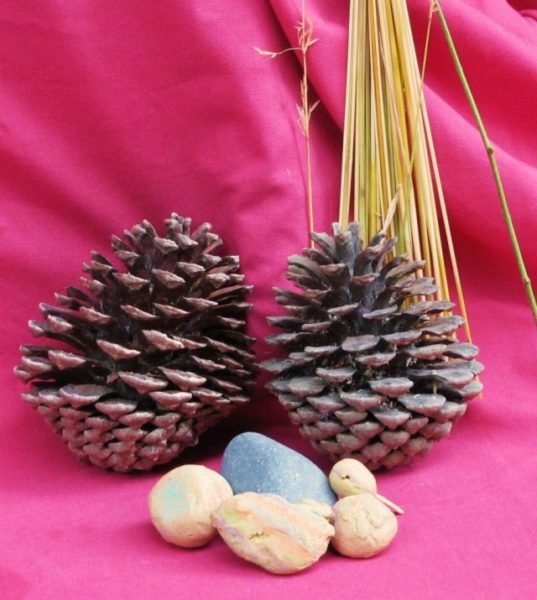
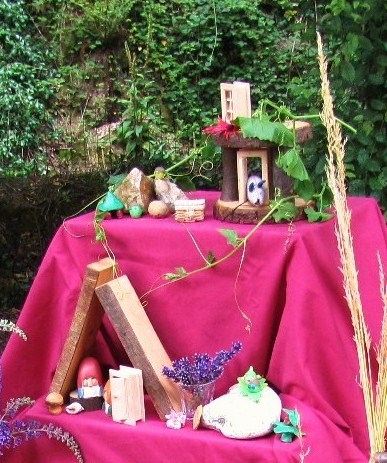
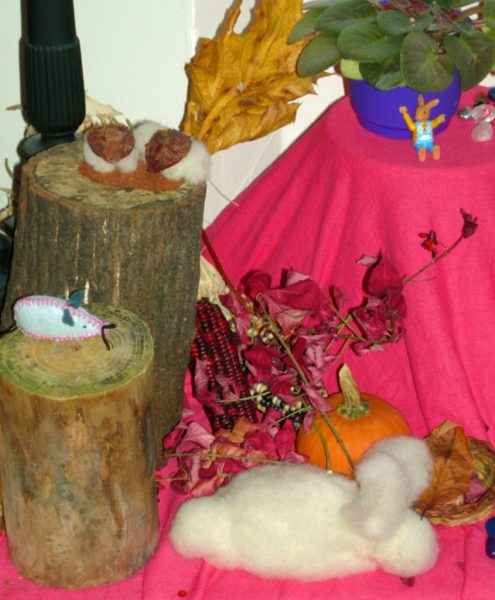
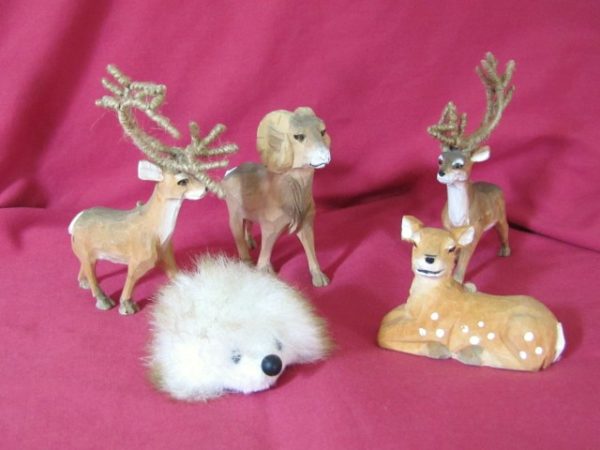
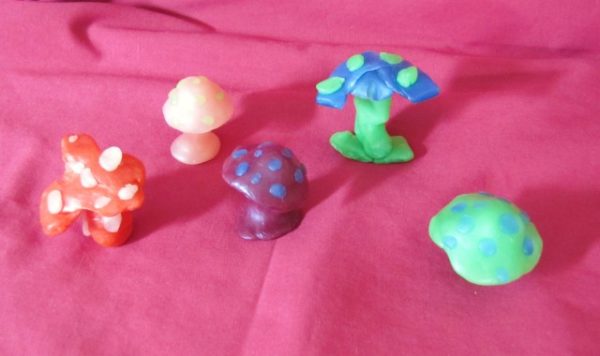
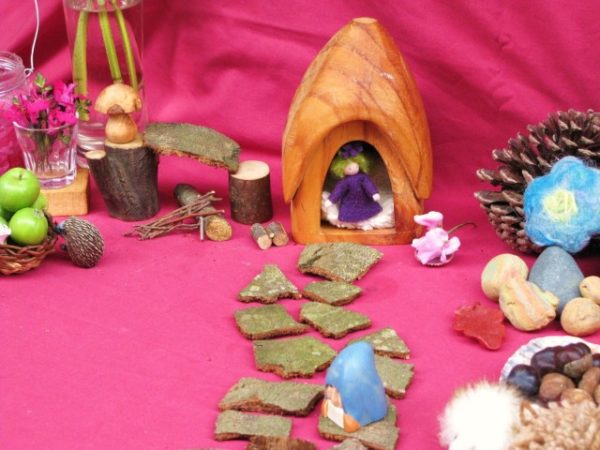
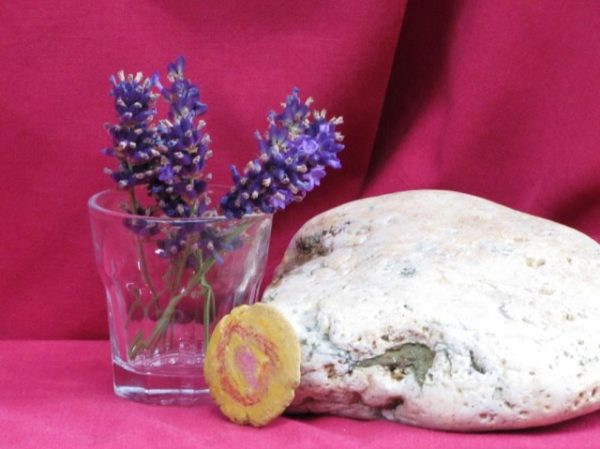
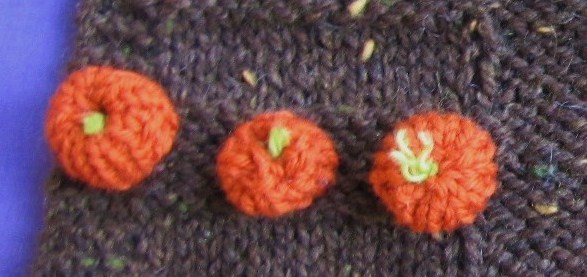
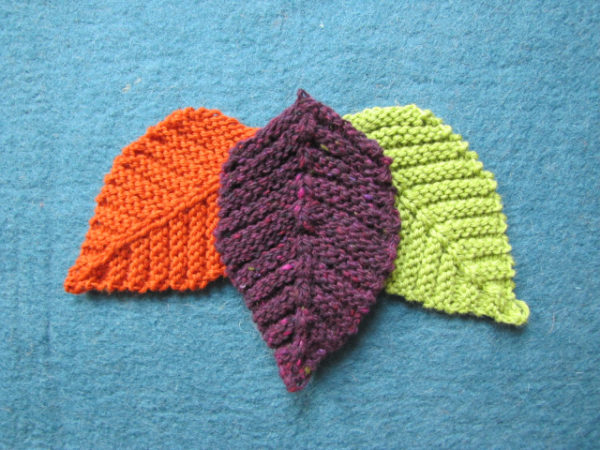


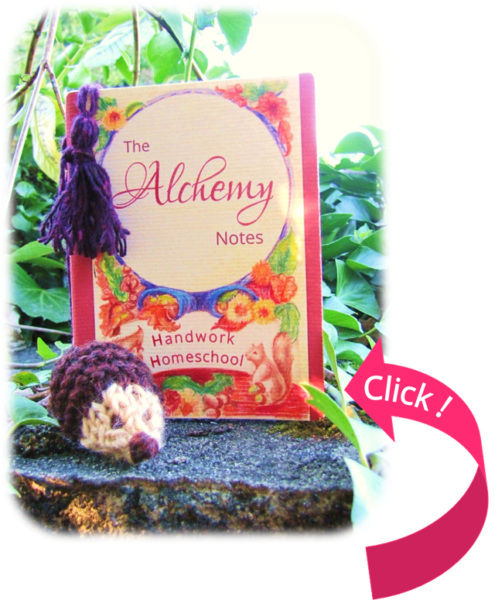

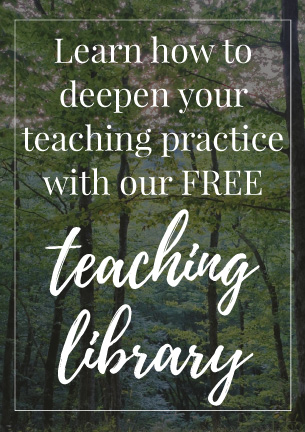
Hi Daisy thank you so much for this inspiring work you’re doing. How can I buy your books on nature table ?
Hello
You can email me directly here: elizabeth@handworkhomeschool.com & I can tell you more about my complete course for building your own Nature Table. Thanks for your kind words, Zoliswa. Elizabeth
Waaw very interesting,I would like to have one of your books for my crèche. From Didi Cape Town (Delft).
Aren’t Elizabeth’s ideas and pictures enchanting? So beautiful!